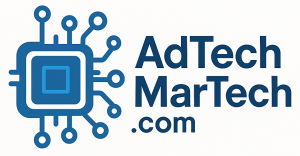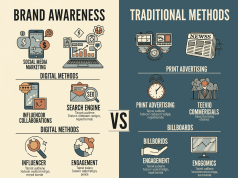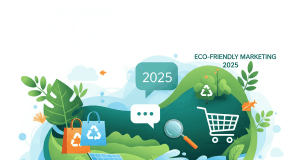As the marketing landscape becomes increasingly complex, the need for adept marketers to harness technology has never been more imperative. The term “Martech,” short for marketing technology, encompasses the tools and platforms marketers leverage to optimize their campaigns, analyze data, and engage customers effectively. This article aims to delineate the essential tools available within the Martech landscape and guide marketers in selecting the right solutions for their needs.
Understanding the Martech Landscape
The Martech landscape is vast and continually evolving, with thousands of tools available across various categories. According to the latest industry reports, there are over 9,000 marketing technology solutions, each tailored to specific functions such as analytics, social media management, content creation, and customer relationship management (CRM).
Key Categories of Martech Tools
- Customer Relationship Management (CRM)
Examples: Salesforce, HubSpot, Zoho CRM
Function: These systems help businesses manage their interactions with current and potential customers. CRMs aggregate customer information, track sales, and streamline communication across channels. - Content Management Systems (CMS)
Examples: WordPress, Drupal, Sitecore
Function: A CMS enables marketers to create, manage, and optimize digital content without needing extensive coding knowledge. This is crucial for maintaining a consistent online presence. - Email Marketing Tools
Examples: Mailchimp, Constant Contact, SendGrid
Function: These platforms facilitate the design, automation, and analysis of email marketing campaigns, allowing marketers to engage their audience effectively. - Social Media Management Tools
Examples: Hootsuite, Buffer, Sprout Social
Function: These tools enable marketers to schedule, publish, and analyze social media content, thereby enhancing brand visibility and customer engagement. - Analytics and Data Visualization Tools
Examples: Google Analytics, Tableau, SEMrush
Function: Essential for tracking key performance indicators (KPIs), these tools provide insights into user behavior, campaign performance, and market trends. - Search Engine Optimization (SEO) Tools
Examples: Moz, Ahrefs, Yoast
Function: SEO tools assist marketers in optimizing their website content for search engines, helping to improve visibility and drive organic traffic. - Customer Experience (CX) Tools
Examples: Qualtrics, Medallia, UserTesting
Function: These tools help gather customer feedback, analyze experiences, and ultimately improve service offerings.
Choosing the Right Tools
Selecting the right Martech tools can significantly impact a marketing strategy’s effectiveness. Here are some considerations:
- Define Your Goals: Understand what you aim to achieve, whether it’s lead generation, brand awareness, or customer retention.
- Consider Integration: Choose tools that can integrate seamlessly with your existing systems. This ensures smooth data flow and minimizes disruption.
- Scalability: Consider whether the tools can scale with your business growth. A tool that meets your needs today may not suffice in the future.
- User Experience: Evaluate the ease of use and accessibility of the tools. A user-friendly platform will save time and reduce training efforts.
- Budget: Assess the costs associated with each tool. Many platforms offer tiered pricing based on features, so choose one that fits your budget while meeting your needs.
Future Trends in Martech
- Artificial Intelligence (AI): The integration of AI in marketing tools promises enhanced data analysis, customer segmentation, and personalization, enabling marketers to make more informed decisions.
- Customer Data Platforms (CDPs): CDPs are gaining traction as businesses seek to unify customer data from various sources for a more comprehensive view of consumer behavior.
- Omnichannel Marketing: As customer journeys become increasingly multi-faceted, tools that support seamless integration across multiple channels will be essential for a cohesive marketing approach.
Conclusion
Navigating the Martech landscape requires a keen understanding of the various tools available and their functionalities. By aligning your toolkit with your marketing goals, you can enhance your strategies, improve customer engagement, and ultimately drive business growth. As technology continues to evolve, staying updated on industry trends and emerging solutions will help ensure your marketing efforts remain competitive and effective.









